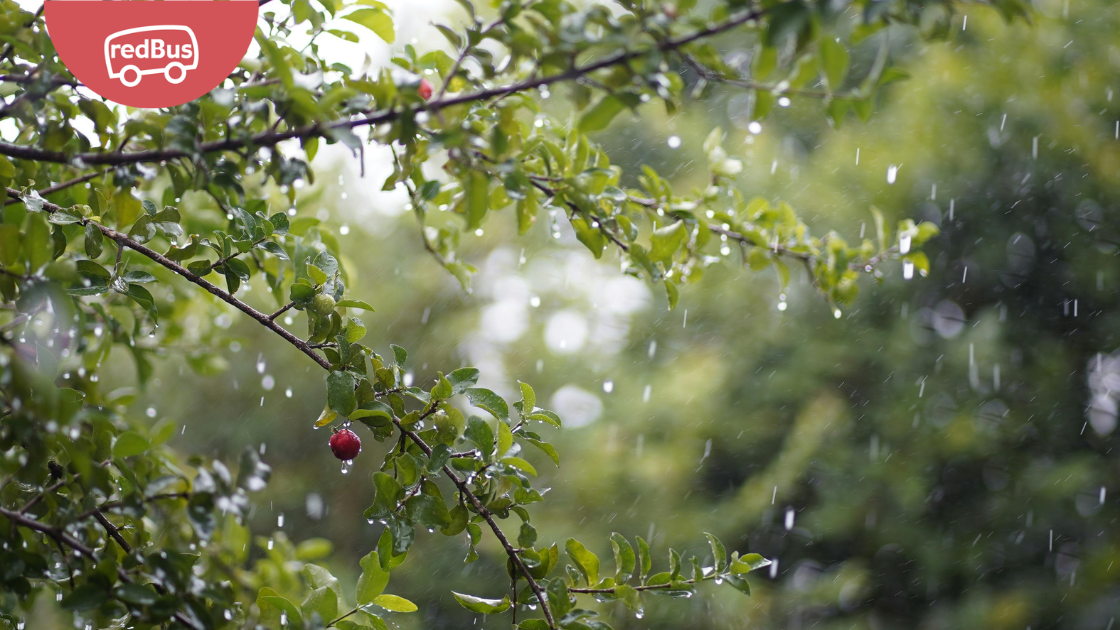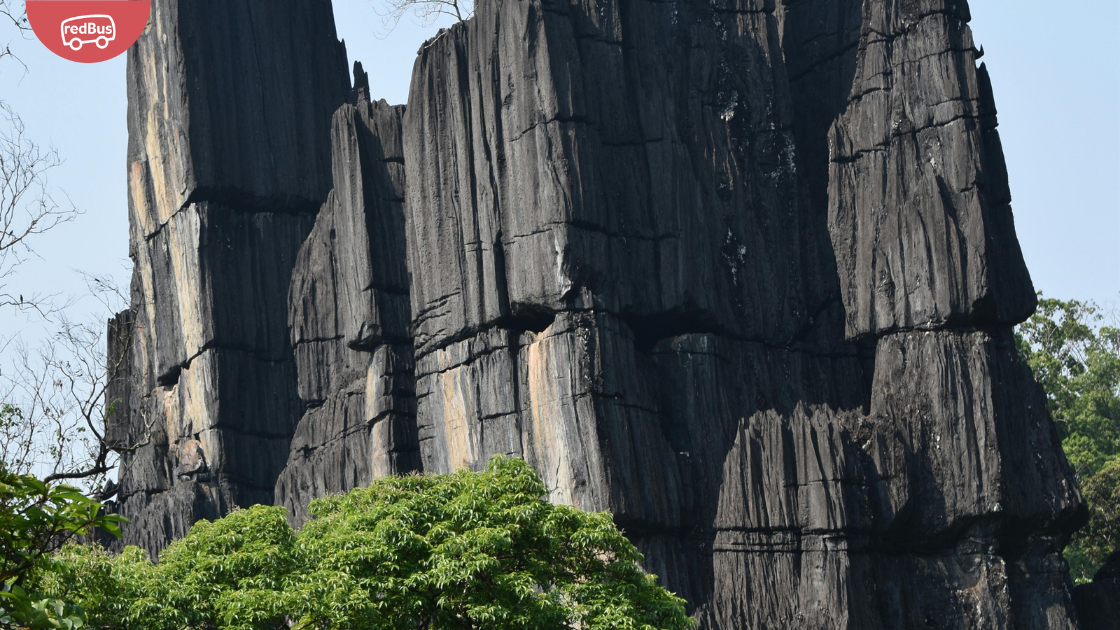Nestled in the eastern part of India, Odisha is not only known for its rich cultural heritage and pristine beaches but also for its diverse and captivating wildlife. The state is home to several national parks and wildlife sanctuaries, each offering a unique opportunity to experience the beauty of nature and encounter a variety of flora and fauna. In this blog post, we will embark on a journey to explore the famous national parks in Odisha, delving into their natural wonders, biodiversity, and conservation efforts.
1. Simlipal National Park
- Location: Mayurbhanj District, Odisha
- Overview: Spread over an area of 2,750 square kilometers, Simlipal National Park is one of the largest and most renowned tiger reserves in India. It is characterized by dense forests, rolling hills, sparkling waterfalls, and meandering rivers, creating a picturesque landscape that serves as a haven for a wide range of wildlife species.
- Biodiversity: Simlipal National Park is home to a diverse array of flora and fauna, including royal Bengal tigers, Asian elephants, leopards, sambar deer, gaur, and numerous species of birds and reptiles. The park is also known for its rich floral diversity, with dense sal forests, bamboo groves, and medicinal plants dotting the landscape.
- Attractions: Visitors to Simlipal National Park can indulge in wildlife safaris, nature walks, and birdwatching expeditions to explore its pristine wilderness. The park is also home to several scenic spots such as Barehipani and Joranda waterfalls, which cascade down rocky cliffs amidst lush greenery, creating a breathtaking spectacle.
- Conservation Efforts: Simlipal National Park is designated as a UNESCO Biosphere Reserve and is actively involved in wildlife conservation and habitat preservation. Conservation initiatives such as anti-poaching patrols, habitat restoration, and community-based ecotourism projects are undertaken to safeguard the park’s rich biodiversity and ensure the sustainable coexistence of wildlife and local communities.
2. Bhitarkanika National Park
- Location: Kendrapara District, Odisha
- Overview: Situated in the estuarine region of Brahmani-Baitarani delta, Bhitarkanika National Park is renowned for its mangrove forests, tidal creeks, and diverse aquatic ecosystems. The park is home to the largest population of saltwater crocodiles in India and serves as a vital habitat for several endangered species of flora and fauna.
- Biodiversity: Bhitarkanika National Park is famous for its thriving mangrove ecosystem, which supports a wide variety of plant and animal species adapted to saline conditions. The park is home to saltwater crocodiles, Indian pythons, king cobras, olive ridley sea turtles, and numerous species of birds, making it a paradise for nature enthusiasts and wildlife photographers.
- Attractions: Visitors to Bhitarkanika National Park can embark on boat cruises and nature trails to explore its mangrove forests, bird sanctuaries, and crocodile breeding centers. The park also offers opportunities for birdwatching, fishing, and eco-friendly camping amidst the tranquil surroundings of nature.
- Conservation Efforts: Bhitarkanika National Park is a designated Ramsar Wetland of International Importance and is actively involved in conservation efforts to protect its fragile ecosystem. Measures such as mangrove reforestation, habitat restoration, and community-based conservation initiatives are implemented to safeguard the park’s biodiversity and mitigate the impact of anthropogenic activities.
3. Nandankanan Zoological Park
- Location: Bhubaneswar, Odisha
- Overview: Located on the outskirts of Bhubaneswar, Nandankanan Zoological Park is renowned for its successful breeding programs and conservation efforts for endangered species. It is not only a zoological park but also a botanical garden and sanctuary, offering a unique opportunity to explore the diverse flora and fauna of Odisha.
- Biodiversity: Nandankanan Zoological Park is home to a wide variety of wildlife species, including white tigers, Asiatic lions, Indian pangolins, gharials, and numerous species of birds and reptiles. The park also houses a botanical garden with a rich collection of medicinal plants, orchids, and rare species of trees and shrubs.
- Attractions: Visitors to Nandankanan Zoological Park can enjoy wildlife safaris, lion and tiger safaris, and boat rides in the park’s serene surroundings. The park also features a butterfly park, reptile park, and nocturnal animal house, providing immersive experiences for visitors of all ages.
- Conservation Efforts: Nandankanan Zoological Park is actively involved in wildlife conservation, education, and research initiatives to promote the conservation of endangered species and their habitats. The park’s breeding programs for rare and endangered species have contributed significantly to their conservation and reintroduction into the wild.
4. Satkosia Tiger Reserve
- Location: Angul and Nayagarh Districts, Odisha
- Overview: Situated on the banks of the Mahanadi River, Satkosia Tiger Reserve is known for its scenic beauty, rugged terrain, and diverse wildlife. The reserve is named after the Satkosia Gorge, formed by the Mahanadi River, and is a haven for nature lovers, adventure enthusiasts, and wildlife photographers.
- Biodiversity: Satkosia Tiger Reserve is home to a rich variety of flora and fauna, including royal Bengal tigers, leopards, elephants, gharials, and freshwater turtles. The reserve is also known for its avian diversity, with over 200 species of birds inhabiting its forests, wetlands, and riverbanks.
- Attractions: Visitors to Satkosia Tiger Reserve can embark on wildlife safaris, river cruises, and nature trails to explore its diverse habitats and wildlife species. The reserve also offers opportunities for camping, trekking, and angling, allowing visitors to immerse themselves in the pristine beauty of nature.
- Conservation Efforts: Satkosia Tiger Reserve is actively involved in tiger conservation and habitat restoration efforts to protect its flagship species and preserve the ecological integrity of the reserve. Conservation initiatives such as anti-poaching patrols, habitat monitoring, and community-based conservation projects are undertaken to ensure the long-term survival of wildlife populations in the reserve.
Conclusion: Exploring Odisha’s Wildlife Wonders
Odisha’s national parks and wildlife sanctuaries offer a glimpse into the state’s rich biodiversity and natural heritage. From the dense forests of Simlipal National Park to the mangrove swamps of Bhitarkanika National Park, each destination is a testament to the beauty and diversity of Odisha’s wilderness. By visiting these national parks, travelers not only have the opportunity to connect with nature but also contribute to wildlife conservation efforts and sustainable tourism practices.
So, pack your bags, embark on a wildlife adventure, and experience the untamed beauty of Odisha’s famous national parks.
In this blog post, we’ve explored the famous national parks in Odisha, delving into their natural wonders, biodiversity, and conservation efforts. From the dense forests of Simlipal National Park to the mangrove swamps of Bhitarkanika National Park, each destination offers a unique opportunity to experience the beauty of nature and encounter a variety of flora and fauna. Whether you’re a wildlife enthusiast, nature lover, or adventure seeker, exploring Odisha’s national parks promises an unforgettable journey into the heart of wilderness. If you wish to book a bus ticket do check out redBus and official booking partner for OSRTC buses.








